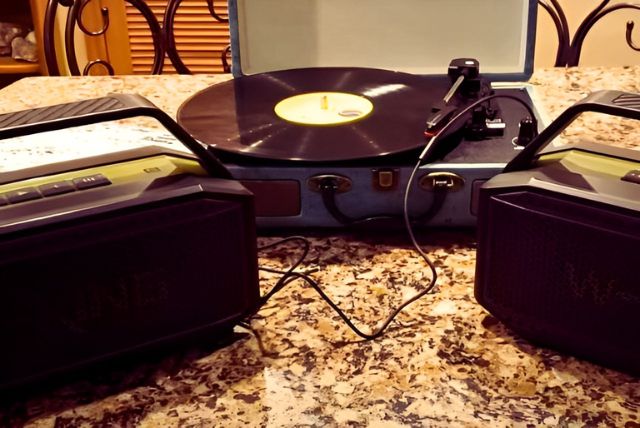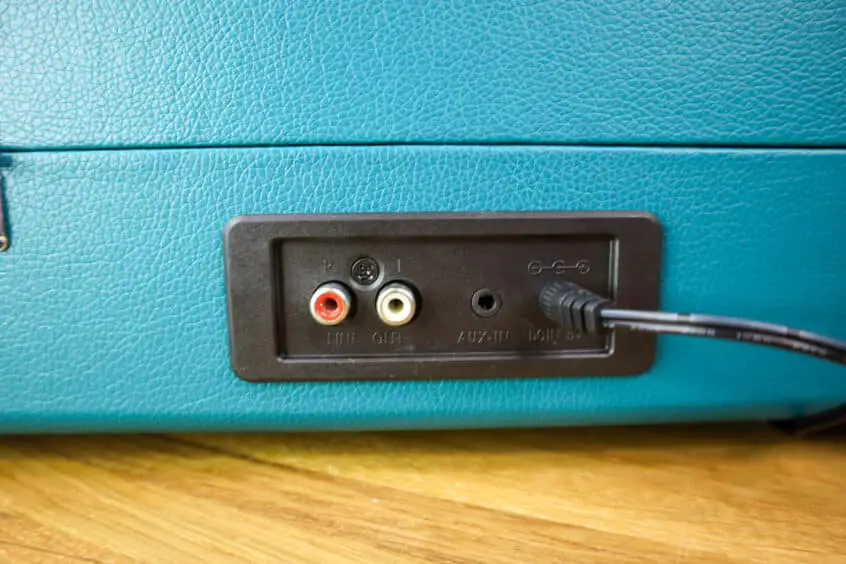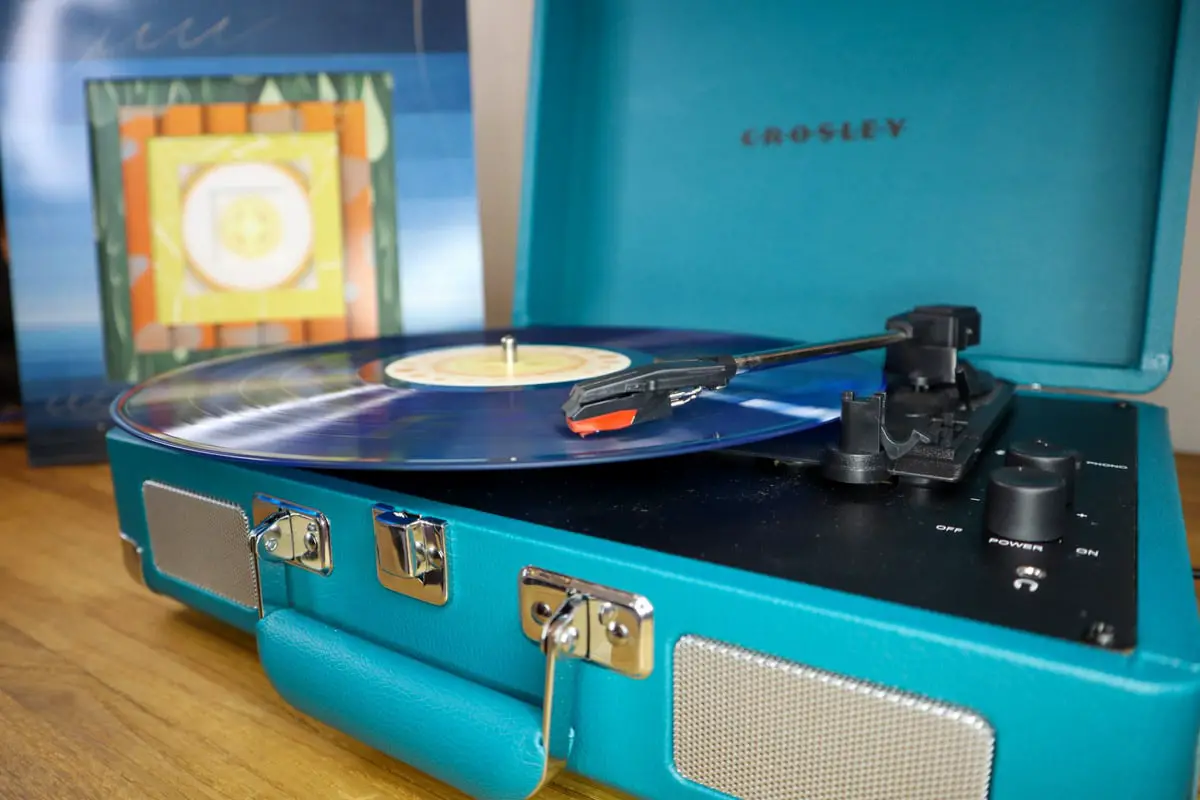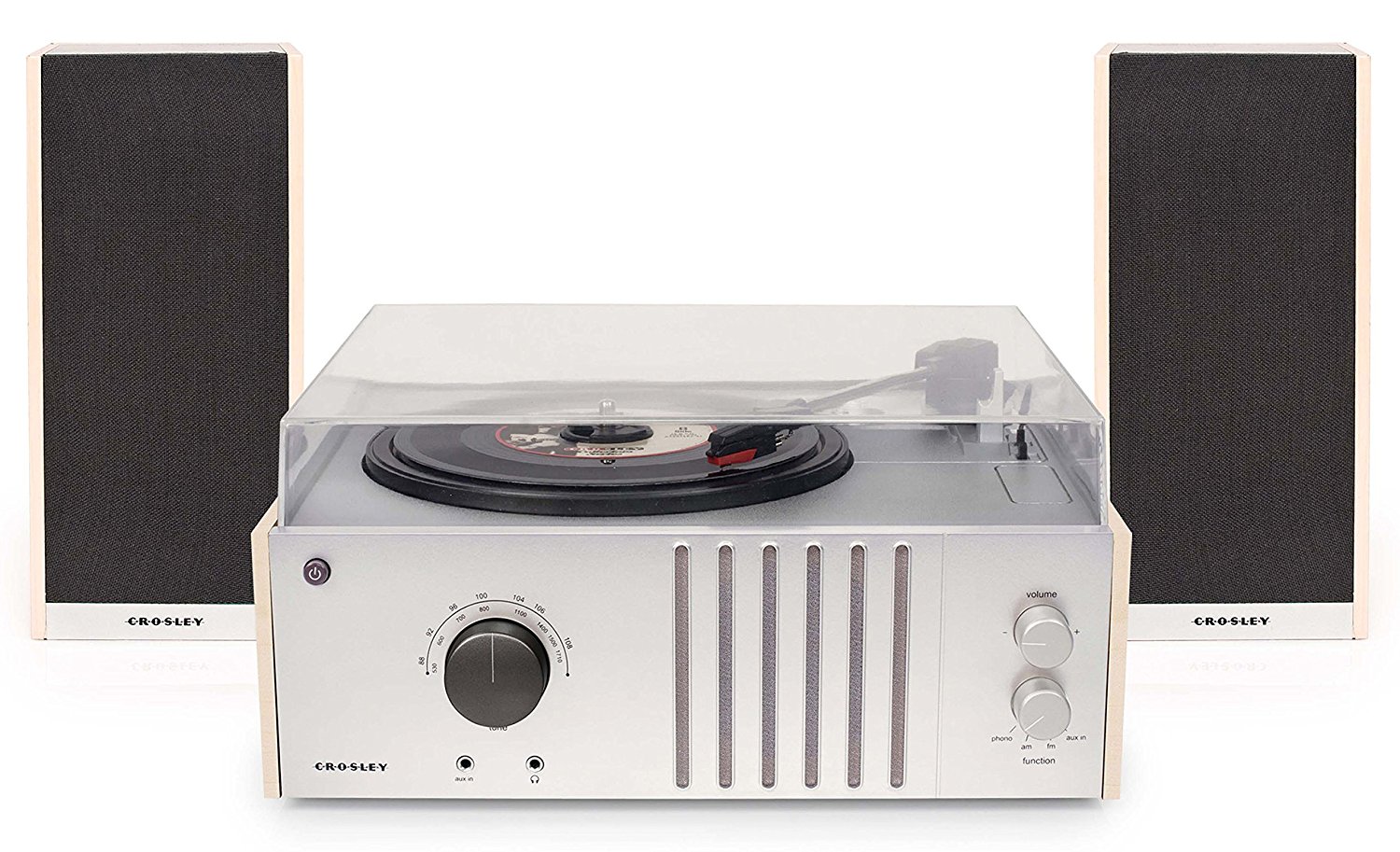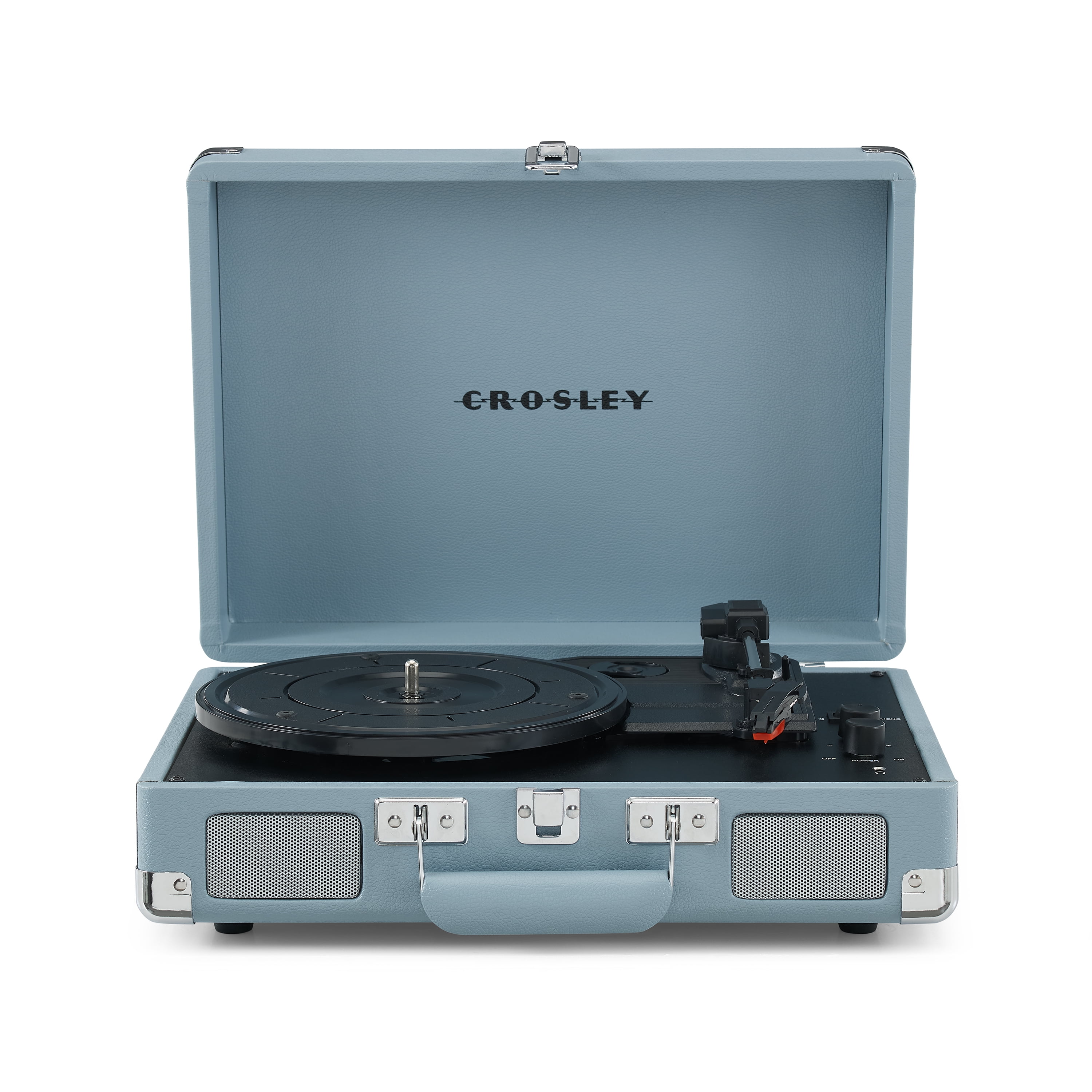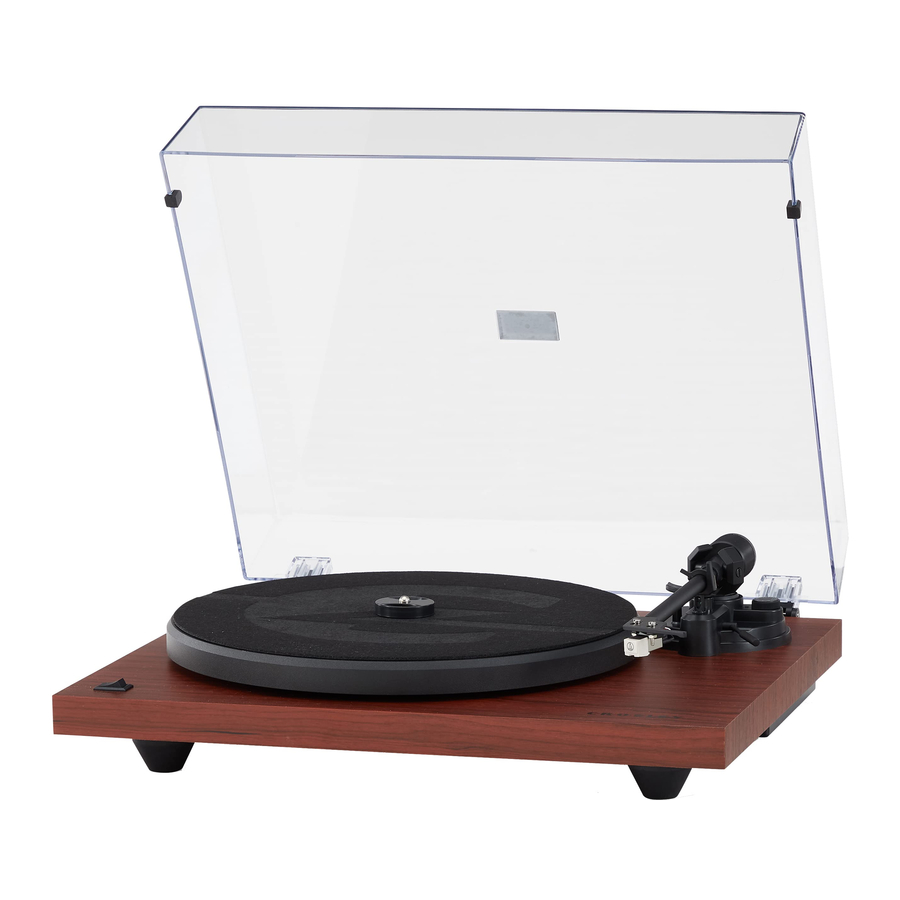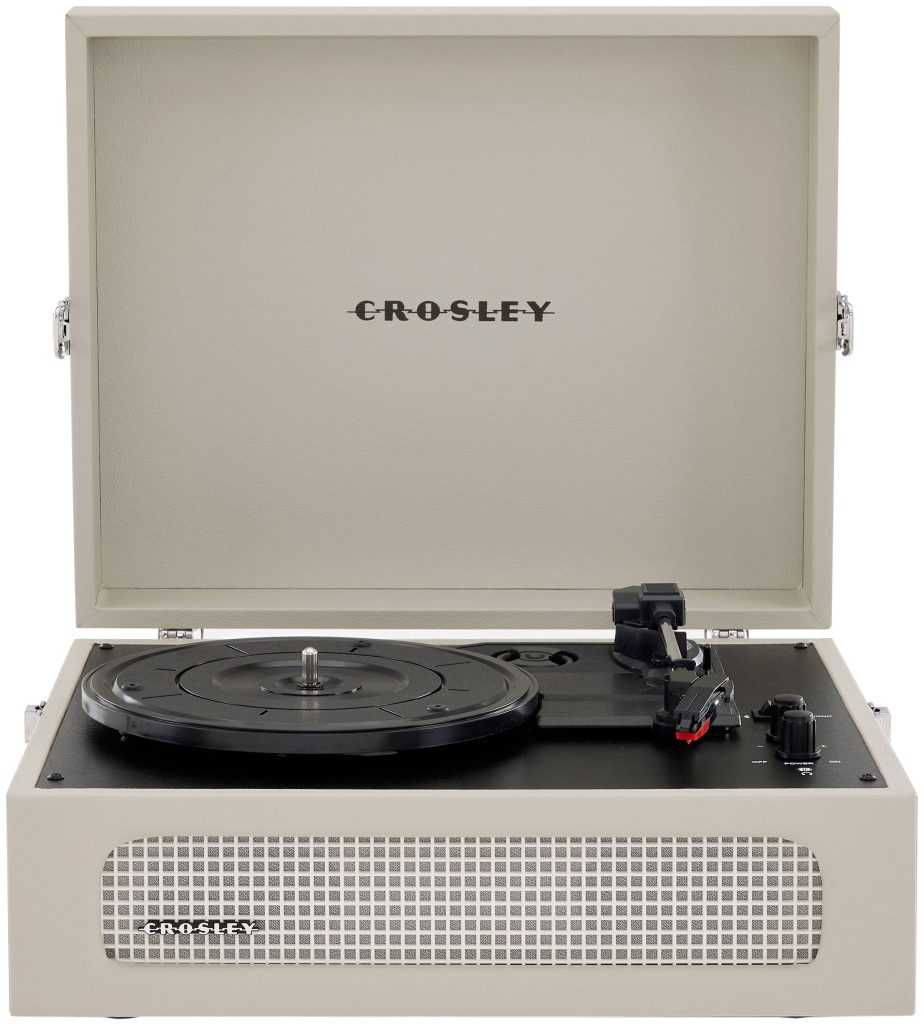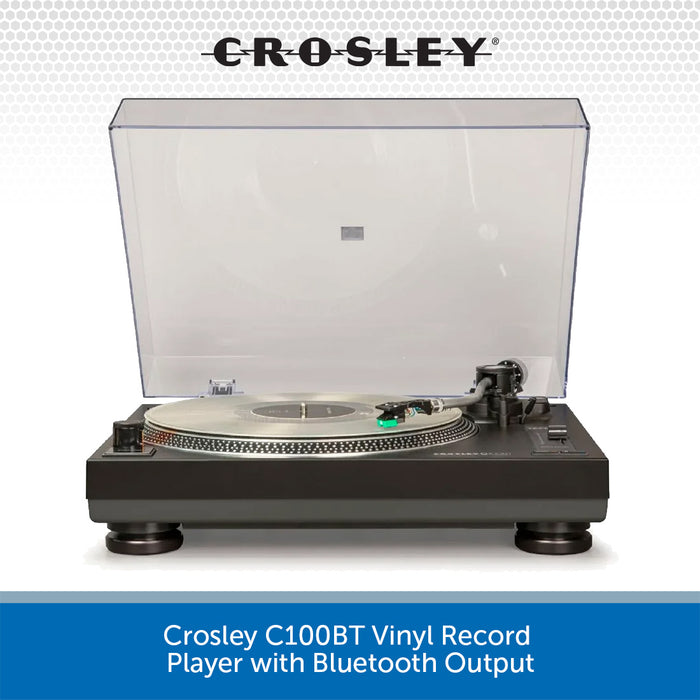Connecting Speakers To Crosley Record Player

The warm crackle of vinyl, a soundscape long relegated to nostalgia, is enjoying a vibrant resurgence. For many, the allure of physical media and the tangible experience of playing records is undeniable. However, the all-in-one design of popular record players, particularly those manufactured by Crosley, often presents a sonic bottleneck, prompting users to seek enhanced audio fidelity.
Upgrading the sound of a Crosley record player by connecting external speakers is a common desire among vinyl enthusiasts. Understanding the proper methods and potential limitations is crucial for achieving the desired audio upgrade without damaging the equipment or compromising sound quality.
Understanding Crosley Record Player Outputs
Crosley record players, while appealing for their affordability and ease of use, typically offer limited output options. The most common output is an RCA (Red and White) connection, labeled as "Line Out". This output bypasses the internal amplifier and speakers, allowing the signal to be sent to an external amplifier or powered speakers.
Some models may also include a headphone jack, which, while technically usable for connecting to external speakers, isn't ideal. Using the headphone jack introduces another layer of signal processing that can degrade audio quality compared to the direct "Line Out".
Connecting to Powered Speakers
Powered speakers, also known as active speakers, have a built-in amplifier. This makes them a straightforward choice for upgrading the sound of a Crosley record player.
Connect the RCA "Line Out" of the Crosley to the RCA input on the powered speakers. Ensure the speakers are powered on and the volume is adjusted to a comfortable listening level. This is the most common and generally recommended method for enhancing the audio from a Crosley turntable.
Connecting to an External Amplifier and Passive Speakers
For a more comprehensive audio upgrade, consider connecting the Crosley to an external amplifier (also known as a receiver) and passive speakers. This setup offers greater control over sound shaping and allows for a wider selection of speakers.
Similar to connecting to powered speakers, use the RCA "Line Out" from the Crosley and connect it to an available RCA input on the amplifier. Then, connect the passive speakers to the amplifier's speaker outputs, ensuring proper polarity (+/-). The amplifier will provide the necessary power to drive the passive speakers.
Addressing Potential Issues and Limitations
The built-in preamplifier in some Crosley models may not be of the highest quality, potentially affecting the overall sound reproduction. While upgrading speakers can improve clarity and volume, it won't fundamentally address limitations in the turntable's internal components.
According to audio expert Michael Fremer, author of "AnalogPlanet," "The turntable itself is the foundation of the entire system. Upgrading speakers is only worthwhile if the turntable and cartridge are capable of delivering a high-quality signal."
Grounding issues can sometimes occur, resulting in a humming sound. If this happens, ensure the turntable is properly grounded, either through a ground wire connected to the amplifier or by grounding the amplifier itself.
Alternatives and Future Considerations
Consider upgrading the cartridge on the Crosley turntable for an additional sound improvement, as Audio-Technica suggests on their website. A better cartridge can extract more detail from the vinyl, leading to a more nuanced and engaging listening experience.
For serious audiophiles, ultimately consider investing in a higher-quality turntable. While connecting external speakers to a Crosley can offer a noticeable improvement, it's important to acknowledge the inherent limitations of the entry-level turntable design.
The resurgence of vinyl suggests that more advanced and affordable audio solutions are on the horizon, potentially bridging the gap between convenience and high-fidelity sound for all record enthusiasts. Future Crosley iterations may include improved components, allowing for better sound reproduction and overall audio quality.
"The focus must be on balancing affordability with audio performance,"notes a Crosley representative in their latest press release.

